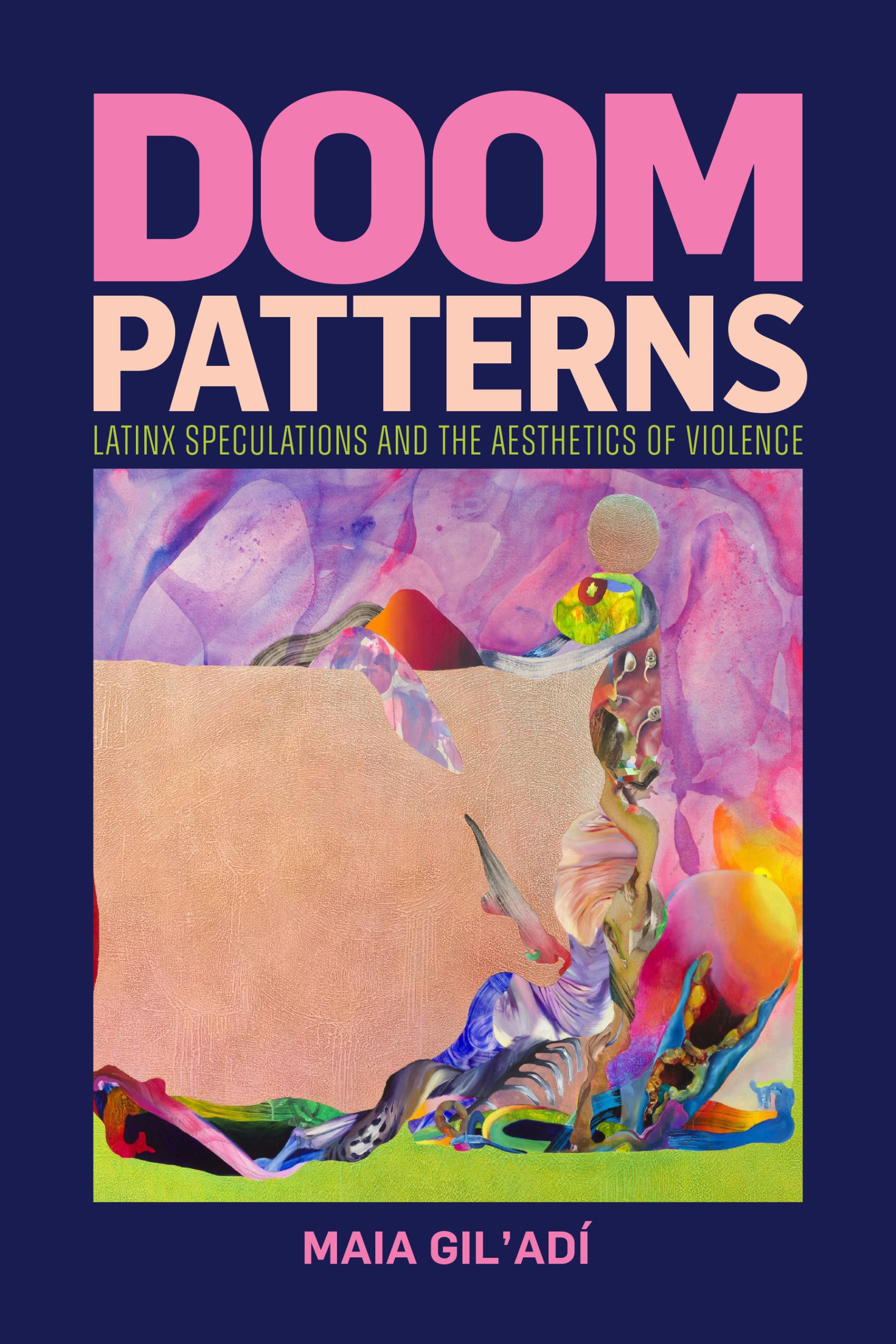
-
Maia Gil’Adí
(author)
-
Duke University Press ,2025
- Purchase Online
In Doom Patterns, Maia Gil’Adí takes up speculative fiction as a site for theorizing Latinx identity across national and ethnic borders and shows the vital role of historical trauma in its formation. Her analysis moves beyond reparative modes of reading to consider how literary representations of violence, destruction, and pain also elicit pleasurable affective and aesthetic experiences. Gil’Adí theorizes the paradox of pleasurable violence through the notion of doom patterns—narrative devices that include thematic repetition, nonlinear narration, character fragmentation, and unresolved plots. Doom patterns return the reader to instances of historical violence and destruction, revealing them as excessive and otherworldly processes that require the tropes of speculative fiction. Examining novels by established Latinx authors such as Junot Díaz and Cristina García as well as multiethnic writers such as Colson Whitehead and Sesshu Foster, Gil’Adí challenges definitions of what constitutes Latinx literature and notions of the speculative by dismantling generic boundaries and entrenched definitions of race, ethnicity, and nationhood. In so doing, she allows for a more capacious consideration of the speculative, realism, history, and the role of violence in literature.
Praise
“Maia Gil’Adí approaches Latinx speculative fiction as a paradigm to read through Latinx studies, posing sharp questions that warrant serious consideration. By putting works that normally would not be placed in conversation with each other, such as Colson Whitehead’s Zone One and Cristina García’s Dreaming in Cuban, Gil’Adí not only sheds new light on these works; she generates a new conversation altogether. Her innovative interventions make Doom Patterns a bold, generative, and liberating move for Latinx studies.” — Catherine S. Ramírez, author of Assimilation: An Alternative History
“Maia Gil’Adí troubles the bounds of Latinx literature. Across sumptuous readings of speculative fiction, she reveals ‘doom patterns’ of recurrent violence not only in literature but as the cohering logic of a hemispheric latinidad. In so doing, she problematizes concepts and practices of canonicity, reframes theorizations of the borderlands, and challenges conventions for taxonomies of Latinx literature. Doom Patterns is essential reading for scholars of Latinx literature, multiethnic literature, English, and Latinx studies and American studies more broadly.” — Leticia Alvarado, author of Abject Performances: Aesthetic Strategies in Latino Cultural Production